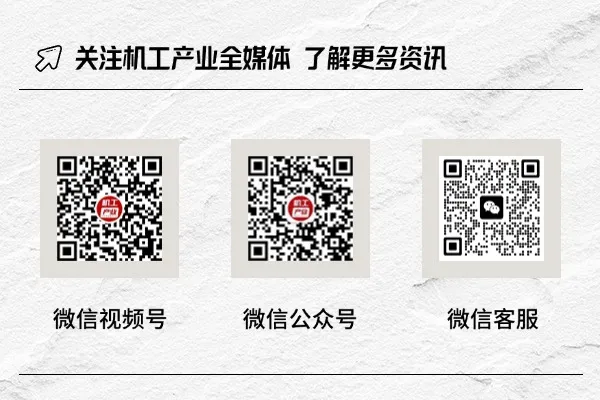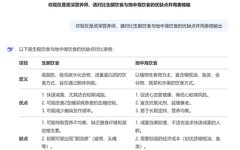1. Role-Playing Method: Acquiring Deep Professional Knowledge
The role-playing method allows AI to act as an expert in a specific field. By precisely anchoring its identity, it stimulates its knowledge reserves in the relevant area, thus providing answers from a professional perspective. The command format is: “You are a ‘professional role’, please ‘execute task’ + ‘output requirements'”. For example, if you want to gain a deep understanding of the transmission mechanism of inflation, you can ask: “You are a Nobel Prize-winning economist, explain the transmission mechanism of inflation using simple metaphors, and summarize the core point in one sentence.” If you need to compare the pros and cons of different diets, you can state: “You are now a senior nutritionist, please compare the pros and cons of ketogenic diet and Mediterranean diet and output in a table.” This method allows AI to present complex concepts step by step and hierarchically from a professional perspective, making specialized knowledge easy to understand.
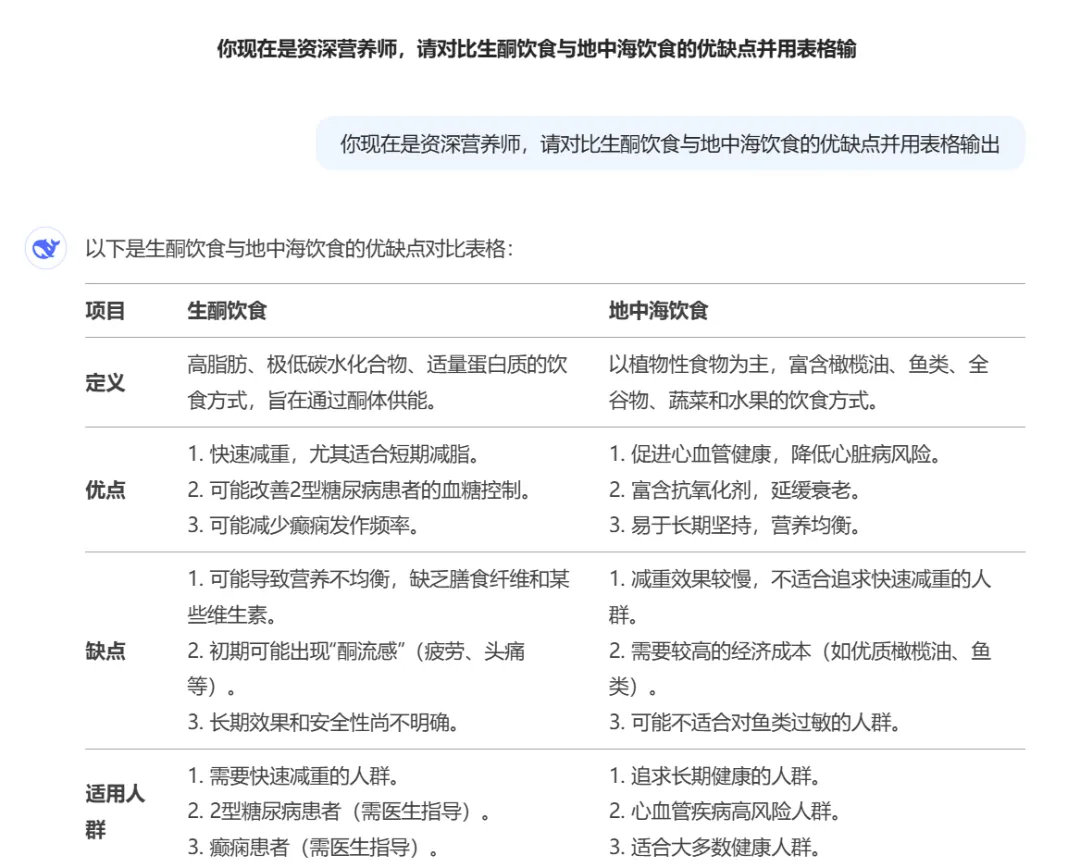
2. Knowledge Distillation Method: Efficiently Extracting and Memorizing Knowledge
The knowledge distillation method aims to condense complex knowledge into concise points for easier memorization and understanding. The command format is: condense “complex content” into “XX key points”, following the “principle of memory”. Taking “The Wealth of Nations” as an example, if you want to quickly grasp its core ideas, you can ask DeepSeek: “Extract the core ideas of ‘The Wealth of Nations’ into 7 memory anchors using the first-letter association method.” This method can transform a large amount of scattered knowledge into structured key points, like integrating fragmented knowledge into easily stored and retrieved “knowledge blocks”, significantly enhancing memorization efficiency. Similarly, there are methods to turn the periodic table of chemical elements into stories or compress the main storyline of “Dream of the Red Chamber” into puns, all making knowledge memorization easy and efficient.
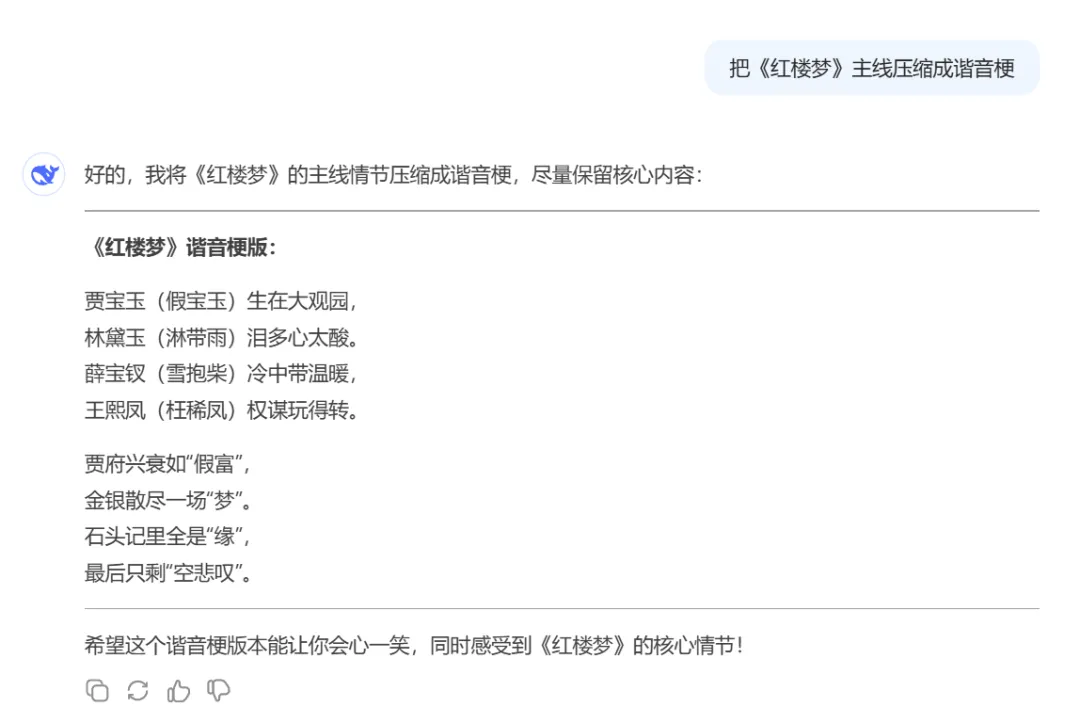
3. Multi-Perspective Analysis Method: Comprehensive and Multidimensional Problem Analysis
By switching different perspectives, AI can help users analyze problems comprehensively from multiple dimensions, avoiding one-sided understanding. The command format is: analyze “problem” from “macro/micro/micro” perspectives, each level containing “XX key points”. For example, when analyzing the market prospects of new energy vehicles, you can ask: “Analyze the market prospects of new energy vehicles from macro, meso, and micro perspectives, each level containing 3 key points.” Similarly, when interpreting the impact of the “dual carbon” strategy, you can also ask DeepSeek to analyze from multiple levels such as policy, industry ecology, and corporate operations. This type of command can construct a progressive analysis framework when facing complex problems like academic research and industry analysis, helping users quickly sort out their thoughts and form a clear and comprehensive understanding of matters.
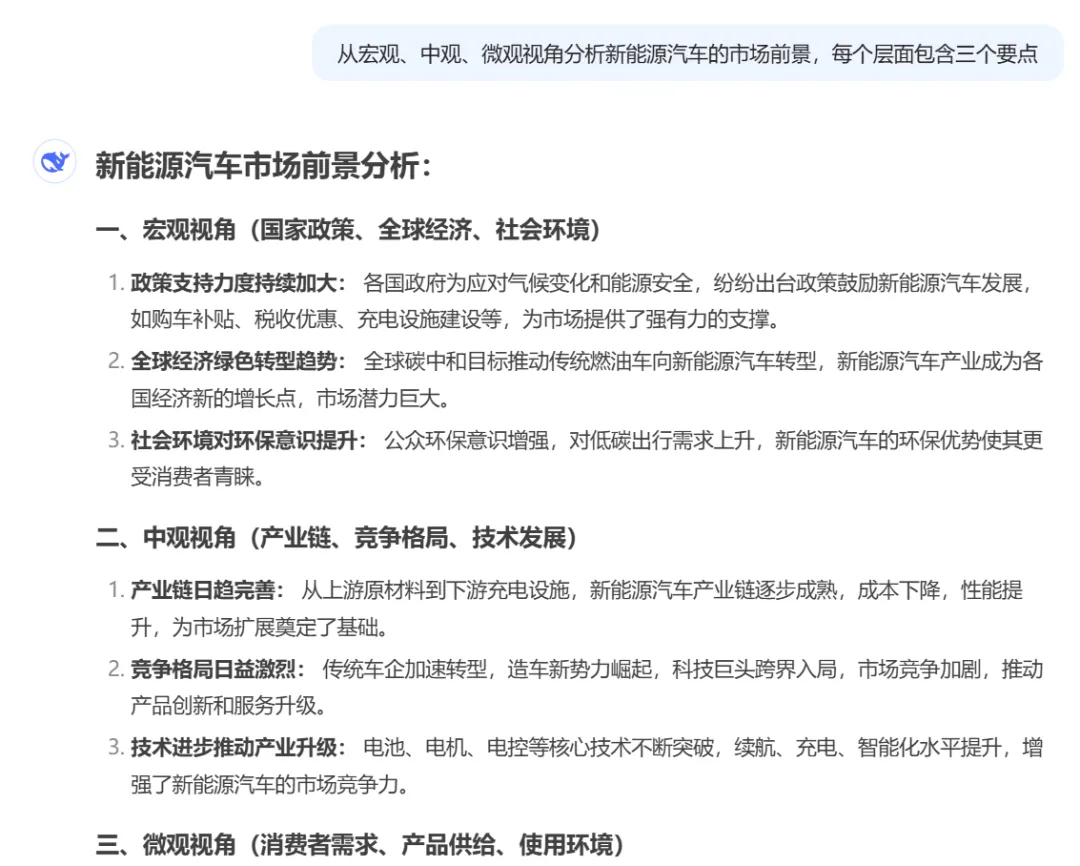
4. Timeline Deduction Method: Insight into Event Development Context and Trends
The timeline deduction method combines structured thinking with historical analysis and future simulation to help users systematically sort out the development process of events and predict future directions. The command format is: trace the key turning points of “event” and predict the future “evolution direction”. For instance, if you want to understand the development path of new energy vehicle battery technology, you might ask: “Draw the development roadmap of new energy vehicle battery technology and deduce the breakthrough direction for 2026.” For users focusing on market trends, predictions about future trends can also be made based on the current situation, such as: “Predict the explosive growth opportunities that may arise in 2026 based on the current state of the street vendor economy in 2024.” Through timeline deduction, users can grasp the key nodes and potential trends of events in the time dimension more clearly, providing strong support for decision-making.
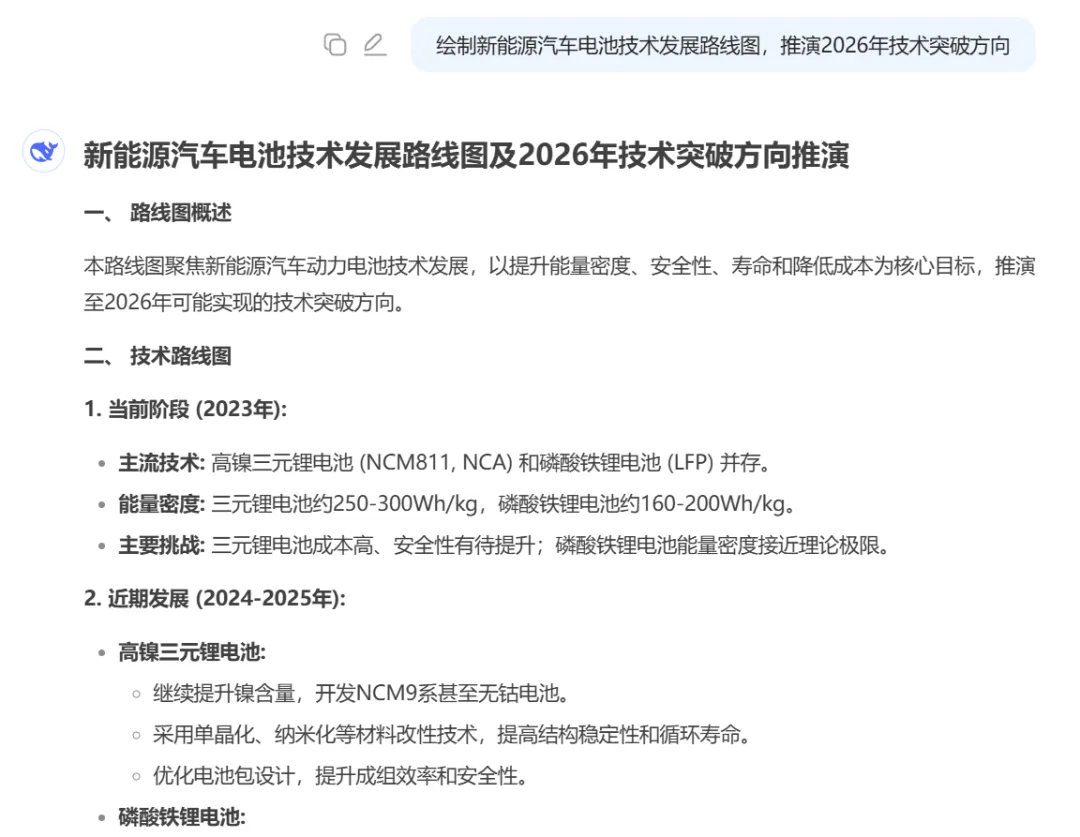
5. Extreme Testing Method: Strengthening the Stability and Safety of Solutions
The extreme testing method allows users to hypothesize extreme conditions, enabling AI to deduce the response performance and failure thresholds of events under certain circumstances, thus helping users develop more comprehensive and risk-resistant strategy plans. The command format is: assume “extreme conditions”, deduce the response performance and failure threshold of “event”. For example, in the e-commerce logistics sector, when the number of live viewers exceeds 5 million, you can ask AI to devise an emergency plan for logistics delays, detailing strategies for 48/72/96 hours. You might ask: “When the number of live viewers exceeds 5 million, please formulate an emergency plan for e-commerce logistics delays, detailing strategies for 48/72/96 hours.” Similarly, in cloud computing architecture, you can analyze elastic expansion plans by hypothesizing a sudden increase in user numbers by 1000 times. This pressure-testing mindset can identify potential risks and ensure users can respond calmly when facing emergencies.
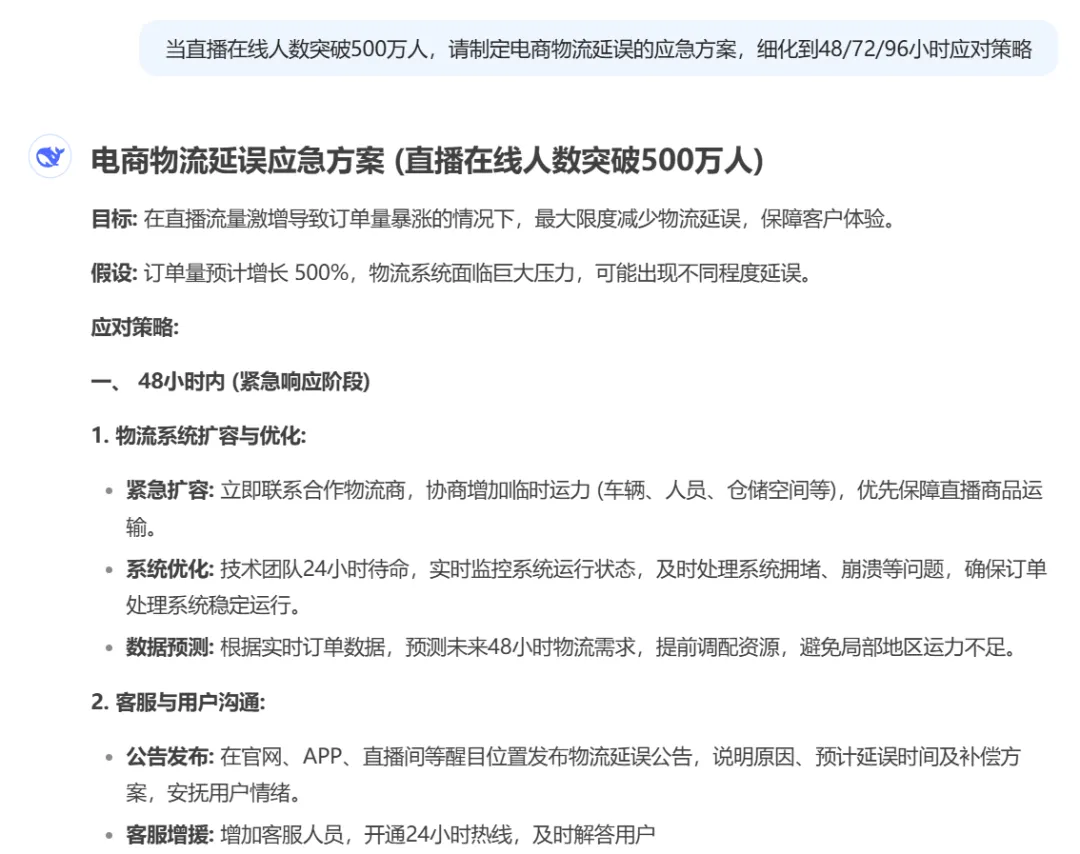
6. Reverse Thinking Method: Clarifying the Path to Achieve Goals
The reverse thinking method starts from a set goal, deducing the necessary steps and conditions required to achieve that goal, helping users clarify direction before taking action and avoid blind actions. The command format is: starting from “goal”, deduce the necessary “steps and conditions” to achieve the goal. For example, if a user plans to succeed in the 2026 postgraduate entrance examination, they can ask DeepSeek: “I want to succeed in the 2026 postgraduate entrance examination, help me formulate a one-year study plan, including the materials to study and the study time arrangement for each subject.” Similarly, in optimizing e-commerce services, one can deduce the service aspects that need improvement from the goal of enhancing customer satisfaction. This method helps users plan ahead and efficiently achieve their goals.
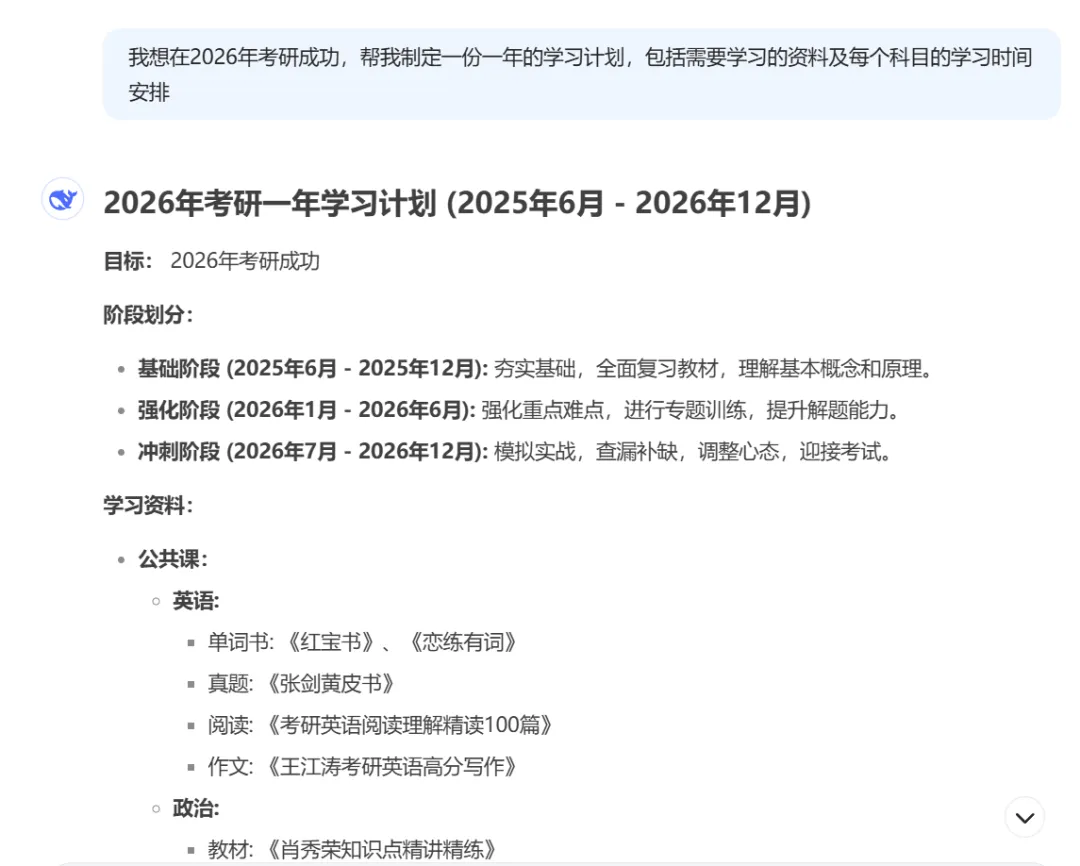
7. Scenario Simulation Method: Preparing for Unexpected Situations
The scenario simulation method uses AI to simulate various scenarios, rehearsing possible situations and corresponding response measures, helping users prepare in advance for unexpected situations. The command format is: simulate “scenario”, rehearse possible “situations and responses”. When preparing for a business event, users can ask: “Simulate a new car launch event, rehearse the seating arrangement, on-site interaction, new product display, and other event details” to plan the event process in advance. In travel arrangements, various unexpected situations can also be simulated, such as: “Simulate a 3-day trip from Beijing to Shanghai during the Qingming Festival, rehearsing how to deal with weather factors, flight delays, and lost luggage.” Through scenario simulation, users can reasonably arrange time and energy, improving the efficiency and quality of life and work.
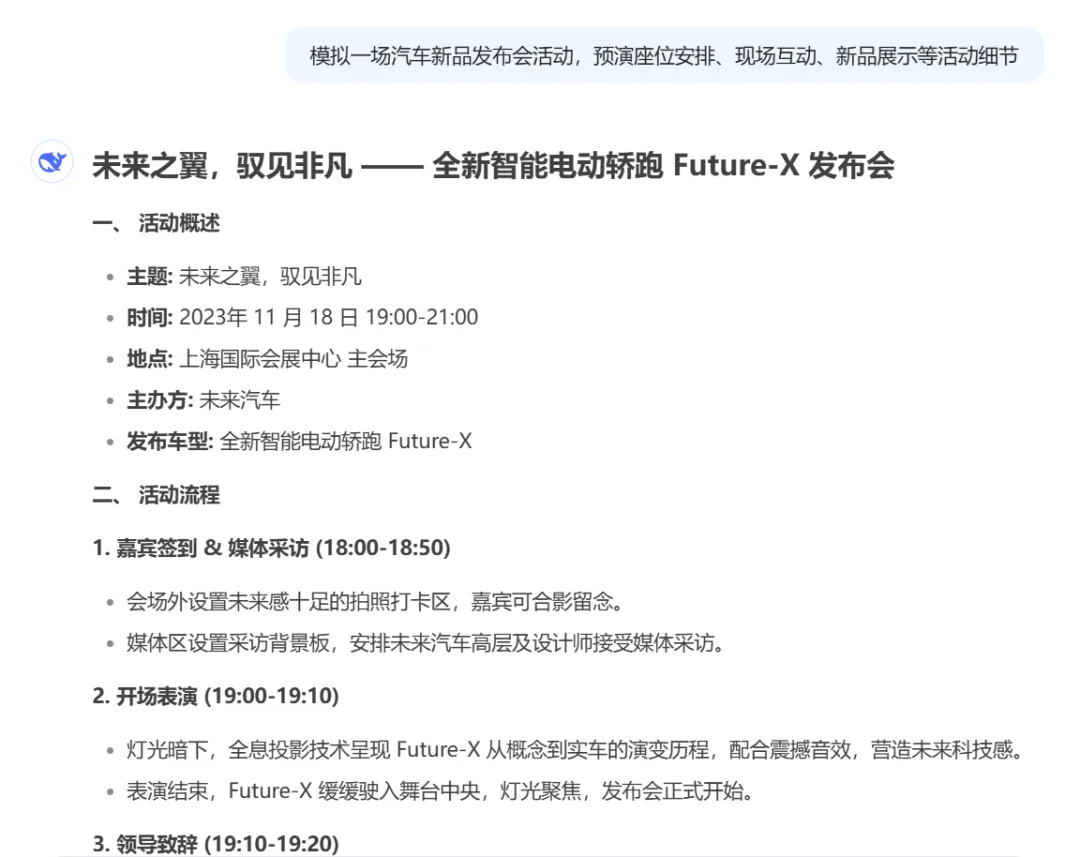
Editor: Li Tianbai
Editor in Charge: Zhao Min
Reviewer: Liu Shibo
